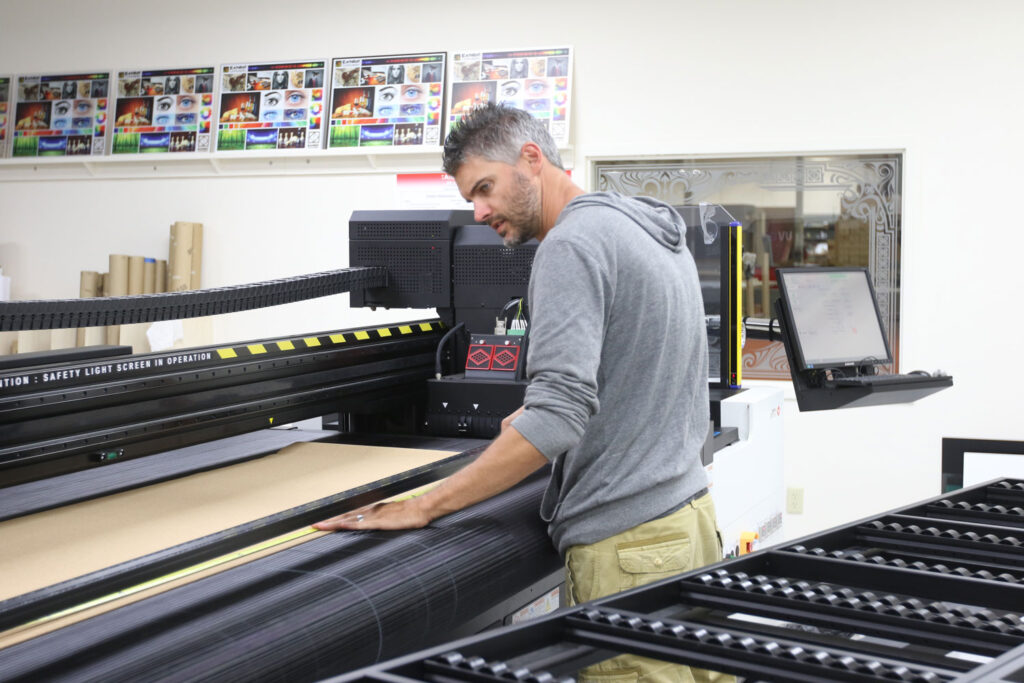Planning is the key to success in nearly everything you do, but it has particular importance for trade shows. The goal is to avoid unexpected issues that could potentially derail an otherwise successful show. Whether it’s a shipment that doesn’t arrive on time or bad weather, there are ways to anticipate some potential problems before they happen.
Our team has seen their fair share of these types of surprises, so we asked them to weigh in with their lessons for avoiding them. We asked each department three key questions:
- How can clients save money or use their budget more efficiently?
- What is the best way for clients to avoid surprises in the latter portion of the event planning process?
- Which upgrades, booth trends or emerging engagements do you see on the horizon that clients can implement to save time and money?
In part 2 of 3, we are going into detail on the second question. While there is such a thing as a good surprise, surprises in the event planning process are typically a negative. This makes the planning process all the more important to ensure your team is on the same page and everything is in place for a successful trade show.
Want to read part 1? View it HERE.
FROM THE CREATIVES
The best way to avoid surprises here is to get a complete understanding of your space before beginning the design process. It’s worthwhile to have a conversation with show organizers or even walk the space yourself, to understand height restrictions, space layout, and familiarize yourself with show rules. Often, spaces have a unique configuration, share a wall with another space, or even have a support beam inside—all information that should be relayed to designers to ensure your space is used to its full potential.
FROM THE FABRICATORS
Timeline, timeline, timeline: this is the single most important key to avoiding costly surprises in the process. The less time available to build a project, the more likely it is to encounter issues along the way. Having a clear plan about the project, adhering to the agreed upon timeline and having clear communication throughout the process is the single most important part of a trade show plan.
FROM ACCOUNT MANAGERS
This helps clients to save on costs by organizing the show calendar into tiers align strategy, goals, assets, and resources in the most effective way to achieve their overall goals and manage the budget. By anticipating shows and hitting dates on a predetermined timeline, costly charges for overnight shipping or rush charges are easily avoided. Though issues can always arise during the process, this helps our team and clients stay on the same page to deliver to everyone’s satisfaction.
FROM OUR ENGAGEMENT SPECIALISTS
Technology is an amazing addition to an exhibit space—but only if it works correctly. Ensuring all technological components are completed tested before sending to a show is crucial, along with having an employee is on site to properly set up the show. An engagement doesn’t always involved technology, but when it does a backup plan is a great idea. For example, what will you do if the Internet service goes out in the show hall? This is where your “Plan B” becomes plan A—and the show can go on.
FROM SHOW SERVICES
In this department, surprises often come in the form of unexpected costs. Our team works to negotiate pricing with recommended vendors so our customers avoid hidden fees (like shipping charges) and additional markup. This preferred pricing and peace of mind are key to understanding the most accurate cost of show services. Again, planning ahead and limiting changes are the key to managing costs and avoiding surprises along the way.
FROM THE SHIPPING DEPARTMENT
When it comes to shipping, timing is everything. Therefore, planning ahead will help avoid any late shipment surprises and increased cost due to rush charges. Following timelines ensure all property arrives on time and those charges don’t break the bank—so you can focus on the task at hand.
FROM LEADERSHIP
The best way for clients to avoid surprises in the latter portion of the event planning process means two things: Creating and sticking to a project plan and quality communication. The plan helps to keep everyone on track and on time and should make clear when key decisions need to be made. The big strategic decisions should be made as early as possible as they tend to impact all the other downstream decisions. Communication is key both with internal stakeholders and with all vendors and partners. Check in; insist on progress reports, share strategy and most importantly share direction changes.











